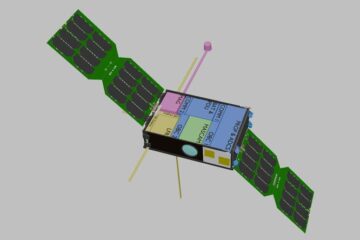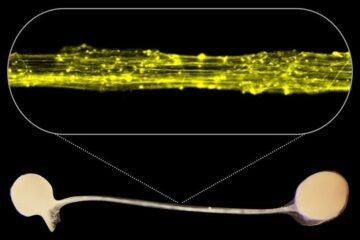CryoSat Mission lost due to launch failure

ESA PR 44-2005. Today at 21.00 CEST Mr Yuri Bakhvalov, First Deputy Director General of the Khrunichev Space Centre on behalf of the Russian State Commission officially confirmed that the launch of CryoSat ended in a failure due to an anomaly in the launch sequence and expressed his regret to ESA and all partners involved.
Preliminary analysis of the telemetry data indicates that the first stage performed nominally. The second stage performed nominally until main engine cut-off was to occur. Due to a missing command from the onboard flight control system the main engine continued to operate until depletion of the remaining fuel.
As a consequence, the separation of the second stage from upper stage did not occur. Thus, the combined stack of the two stages and the CryoSat satellite fell into the nominal drop zone north of Greenland close to the North Pole into high seas with no consequences to populated areas.
An investigating commission by the Russian State authorities has been established to further analyze the reasons for the failure, results are expected within the next weeks. This commission will work in close cooperation with a failure investigation board consisting of Eurockot, ESA and Khrunichev representatives.
This information is released at the same time by Eurockot and ESA.
Media Contact
More Information:
http://www.esa.int/SPECIALS/Cryosat/SEMR3Q5Y3EE_0.htmlAll latest news from the category: Physics and Astronomy
This area deals with the fundamental laws and building blocks of nature and how they interact, the properties and the behavior of matter, and research into space and time and their structures.
innovations-report provides in-depth reports and articles on subjects such as astrophysics, laser technologies, nuclear, quantum, particle and solid-state physics, nanotechnologies, planetary research and findings (Mars, Venus) and developments related to the Hubble Telescope.
Newest articles

Caution, hot surface!
An international research team from the University of Jena and the Helmholtz Institute Jena are demystifying the mechanisms by which high-intensity laser pulses produce plasma on the surface of solids….

Exploring the Asteroid Apophis With Small Satellites
In five years’ time, a large asteroid will fly very close to Earth – a unique opportunity to study it. Concepts for a national German small satellite mission are being…

First model of the brain’s information highways developed
Our human brain is not only bigger and contains more neurons than the brains of other species, but it is also connected in a special pattern: Thick bundles of neurons…





















